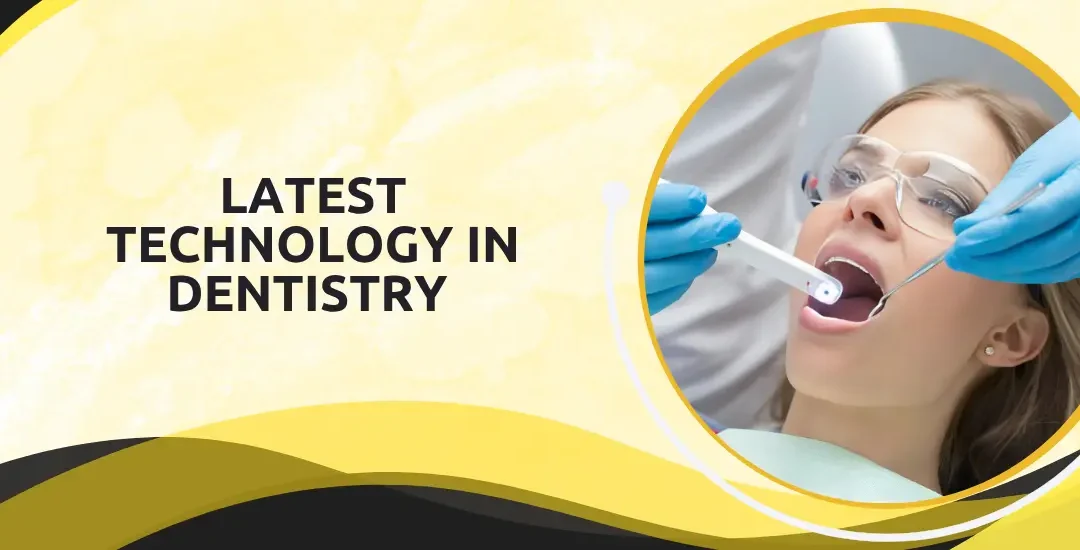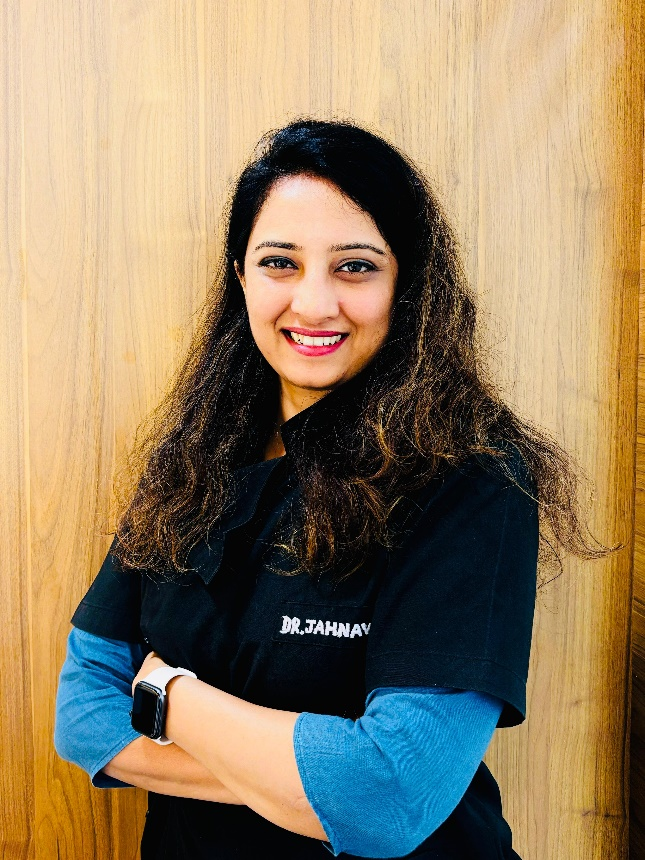Dentistry has come a long way from the days of uncomfortable impressions and loud drilling tools. Today, modern dental technology is transforming how care is delivered—offering faster, more accurate, and far more comfortable treatments for patients. At Dentafix Dental Clinic in South Bopal, we integrate these innovations every day to ensure world-class outcomes.
From digital dentistry advancements to artificial intelligence, lasers, and even robotics

The latest tools are not just enhancing smiles—they’re redefining the patient experience. Led by Dr. Jahnavi Patel and her team of technology-forward dental specialists, Dentafix is proud to be at the cutting edge.
Let’s explore how these breakthroughs are making dentistry more precise, less invasive, and dramatically more effective.
Innovation is reshaping every aspect of oral healthcare—from diagnosis to treatment planning and follow-up care. These advancements not only improve efficiency for dentists but also enhance accuracy and comfort for patients.
With digital solutions, laser tools, and AI-powered diagnostics, the future of dentistry is here, and it’s making dental visits faster, safer, and more personalized.
1. Digital Impressions and Intraoral Scanners
Gone are the days of messy impression materials and gag-inducing trays. Digital dentistry advancements like intraoral scanners have revolutionized how dentists capture the shape and structure of your teeth.
At Dentafix, we use these high-precision tools to create quick and highly accurate 3D models of your mouth. These scans are used for crowns, bridges, aligners, and even implants—speeding up treatment while improving fit and aesthetics.
2. Laser Dentistry
One of the most exciting developments in recent years is laser dentistry. It allows us to perform procedures with greater precision, less pain, and faster healing times.
Common laser dentistry benefits include:
- Minimally invasive gum treatments
- Painless removal of tooth decay
- Teeth whitening with reduced sensitivity
- Treatment of ulcers and soft tissue lesions
Patients love that most procedures require little to no anesthesia and result in minimal bleeding or swelling.

3. CAD/CAM Technology (Computer-Aided Design/Manufacturing)
CAD/CAM technology is now the standard at top-tier dental clinics like Dentafix. It allows us to digitally design and fabricate restorations like crowns, bridges, and veneers—often in a single visit.
This in-house capability ensures:
- Exceptional fit and precision
- Reduced need for temporary crowns
- Faster turnaround for aesthetic smile makeovers
Dr. Jahnavi Patel explains,
“With CAD/CAM, we can offer customized, natural-looking restorations with fewer appointments and no guesswork.”
4. AI in Dental Diagnostics
Artificial Intelligence is playing an increasingly important role in dentistry. At Dentafix, we use AI-powered software to analyze X-rays, detect cavities, assess bone density, and predict future risks.
So, can AI really detect dental problems?
Yes—AI offers unparalleled consistency and speed, helping our dentists identify issues early and accurately. It also supports treatment planning by comparing data across thousands of clinical cases.
This results in better-informed decisions and higher treatment success rates.
5. 3D Printing in Dentistry
3D printing has emerged as a game-changer in dental labs and clinics. It’s used to create:
- Surgical guides for implants
- Night guards and retainers
- Custom trays and dentures
- Temporary crowns and bridges
By printing devices directly from digital scans, Dentafix ensures a level of personalization and speed that traditional methods can’t match.
6. Cone Beam Computed Tomography (CBCT)
Unlike standard dental X-rays, CBCT provides a 3D view of your teeth, bones, nerves, and sinuses. It’s essential for:
- Planning dental implants
- Diagnosing TMJ disorders
- Assessing bone structure and quality
Dentafix’s investment in CBCT ensures we can plan surgeries with pinpoint accuracy, improving safety and results—especially in complex implant cases.
7. Teledentistry
With the rise of digital communication, teledentistry services are making expert dental care more accessible. Whether it’s an initial consultation, follow-up, or monitoring treatment progress, Dentafix offers secure virtual appointments for patients who can’t visit in person.
Is teledentistry covered by insurance?
In many cases, yes. Insurers increasingly recognize teledental consults as valid claims—especially for follow-up evaluations and second opinions.
8. Robotic-Assisted Implant Dentistry
One of the most advanced procedures available today is robotic-assisted implant placement. By integrating robotic guidance systems, we improve the precision of implant surgery beyond manual techniques.
Robotic systems assist with:
- Determining optimal implant angles
- Avoiding nerve damage
- Reducing surgical time
- Improving long-term success
At Dentafix, we believe in blending human expertise with technological precision for best-in-class outcomes.
9. Biolase and Other Advanced Soft Tissue Lasers
Biolase lasers are cutting-edge tools used for soft tissue surgeries, gum contouring, frenectomies, and treating peri-implant diseases. They allow us to perform highly accurate, blood-free procedures with minimal recovery time.
Patients benefit from:
- Reduced discomfort
- Faster healing
- Little to no anesthesia required
Advanced soft tissue lasers also enable cosmetic procedures like gum depigmentation—one of our signature smile makeover services.
Conclusion
At Dentafix Dental Clinic in South Bopal, technology isn’t just about machines—it’s about transforming lives through precision, safety, and comfort. We’re proud to embrace every innovation that helps our patients smile more confidently and heal more quickly.
Whether you’re seeking teledentistry services, a pain-free laser procedure, or a fully digital smile transformation, our commitment to staying ahead of the curve is unwavering.
Frequently Asked Questions:
Is laser dentistry really painless?
Are digital impressions more accurate than traditional ones?
Absolutely. Intraoral scanners provide precise digital models, improving the fit of crowns, aligners, and more.
Can AI really detect dental problems?
Yes. AI systems are highly effective at spotting cavities, gum issues, and bone loss early—supporting more accurate diagnoses.
What is CAD/CAM and how does it work?
CAD/CAM digitally designs and manufactures dental restorations. It combines 3D scanning, virtual modeling, and automated milling to create perfect-fitting crowns and more.
Is teledentistry covered by insurance?
In many cases, yes. Coverage depends on your provider and the type of consultation, but acceptance is growing rapidly.
Reference Links:
- https://www.ncbi.nlm.nih.gov/pmc/articles/PMC9184293/– Technological Advances in Dentistry
- https://www.healthline.com/health/dental-technology/ – Overview of Modern Dental Technology





